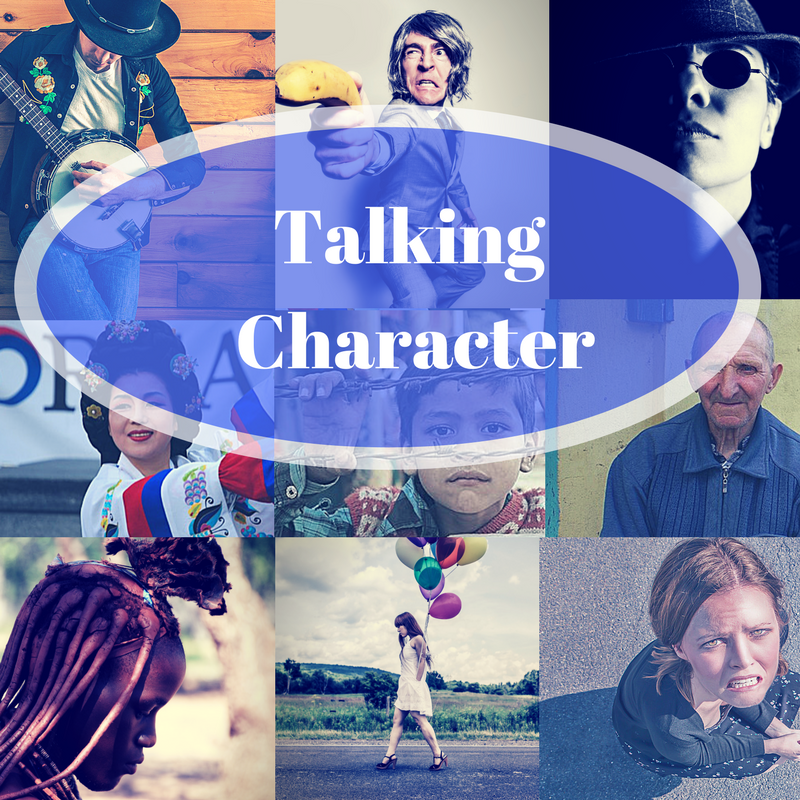
How to Level Up Your Descriptions Through the Ancient Art of Ekphrasis
Some writers are blessed with a vivid visual imagination. Just by willing it, they can render scenes in their…
October 13, 2020
Some writers are blessed with a vivid visual imagination. Just by willing it, they can render scenes in their…
October 13, 2020
Facial expressions speak louder than words, and yet, they don’t make a sound. In most cases, faces convey an…
September 17, 2020
As the editor of Reach Out, Columbia magazine, I’ve had the pleasure of coaching new (and seasoned) writers for…
July 14, 2020
What do you think about when you think of romance? Oh sure, there are the typical things like boy…
September 23, 2019
Everyone uses body language in one way or another. Talking with a friend, in a business meeting, or at…
September 17, 2019
What’s the secret to creating a book worthy of catching an agent’s eye? Worthy of turning an acquisition editor’s…
August 17, 2019
You know the phrase, all an actor needs is an empty room and a script? I’ve heard that idea…
August 7, 2019
Suspense is what keeps readers turning the page but writing a story without it can leave them feeling jilted.…
April 17, 2019
Do you have a method for capturing the bits and pieces you use to create memorable, complex characters? If…
May 20, 2018
You can learn a lot about a person by visiting their house or office. A writer can use that…
April 17, 2018
Have you ever noticed how some authors tend to focus too much on writing certain fiction elements, yet ignore…
October 9, 2017
Go shopping This non-writing exercise can help you connect with your character in a tangible way, by interacting with…
January 19, 2017